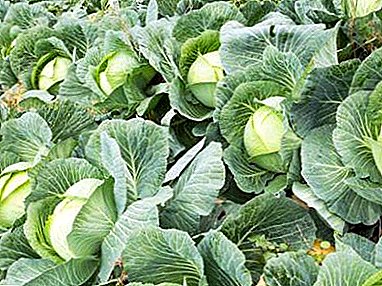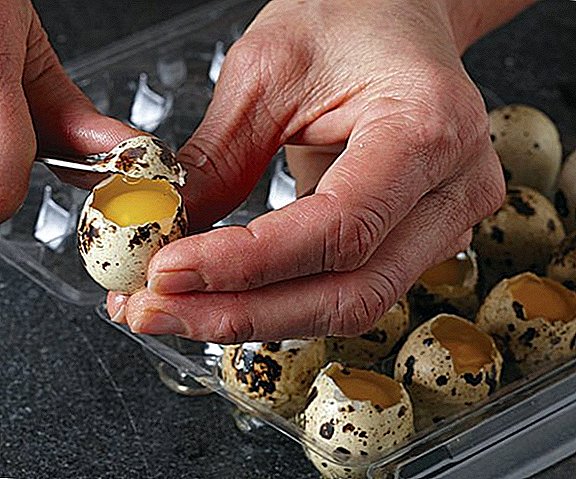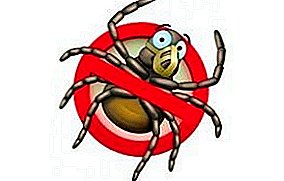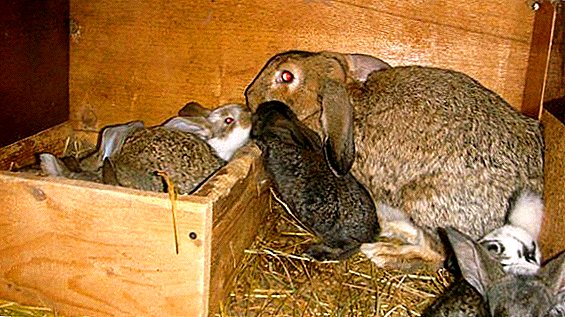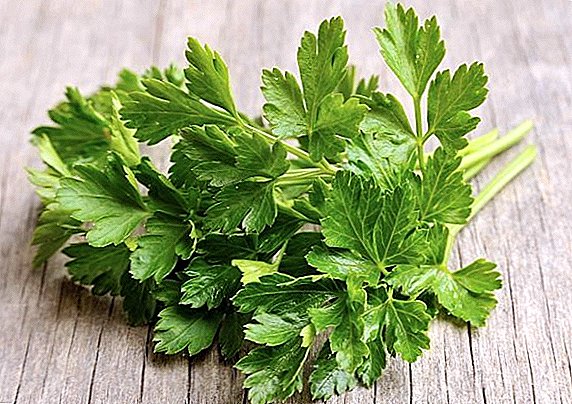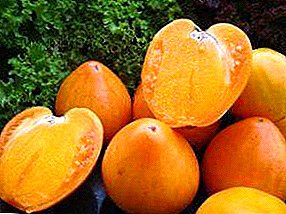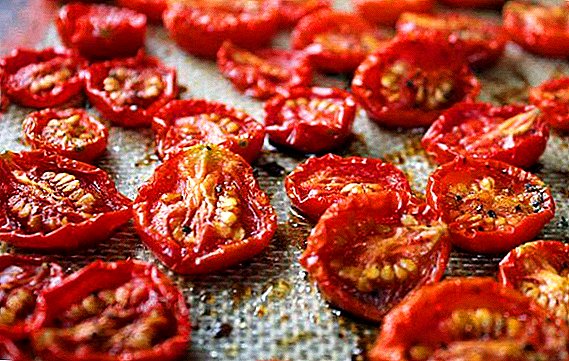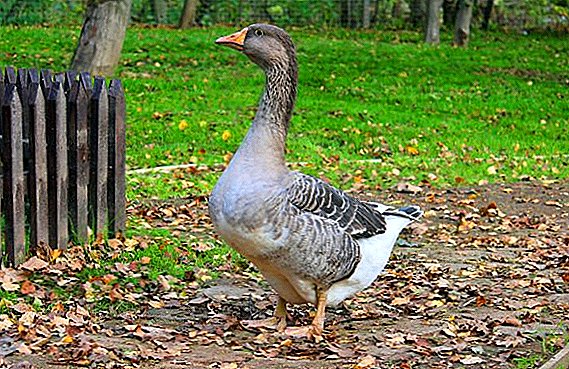 Geese are poultry that are found in almost every agriculture. They are among the largest domestic birds after turkeys and ostriches. However, there are separate breeds, surpassing the weight of those domestic geese, which can most often be seen on the farm. Let us figure out what the average weight of a domestic goose, how it can vary depending on the breed and how you can help such a bird gain the maximum possible weight.
Geese are poultry that are found in almost every agriculture. They are among the largest domestic birds after turkeys and ostriches. However, there are separate breeds, surpassing the weight of those domestic geese, which can most often be seen on the farm. Let us figure out what the average weight of a domestic goose, how it can vary depending on the breed and how you can help such a bird gain the maximum possible weight.
How much does it weigh
Geese are quite beneficial for growing birds, primarily due to the ratio of price and size to which they can grow. There are several main factors on which the weight of a domestic goose depends, among them, of course, age.
Did you know? Geese monogamous: if you let the meat a couple of geese, she will not be looking for a replacement for her beloved for several years and will not give offspring. In the wild, there are even cases when, after the death of a pair, the gander is left alone for life.
Adult home goose
As soon as such a bird hatches, its weight is about 100-120 g, then it starts to grow rapidly and after another 30 days it gains about 2 kg more. After 2 months, or more precisely at the age of 70 days, the mass of geese increases several times and is, depending on the breed, genetic component and feed, from 5 to 8 kg. Most often domestic individuals weigh 7-8 kg, but some individuals manage to gain 12 kg.
Weight of a goose before slaughter and after: video
Goose down
It is important to remember that the weight of the bird is not only meat, but also a considerable amount of down and feathers. Moreover, geese are the only domestic birds, of which down and down can be obtained while living.
It is not a secret for anyone that such a down, or rather a down-feather mixture, is used to make pillows, blankets, clothes, etc., therefore, for many, its quality and quantity is even more important than the quality and weight of meat that can be obtained as a result of rearing such birds.
Learn how to feed goslings and geese at home, what are the characteristics of food in the winter.
In this regard, an important factor is also the fact that geese are long-lived, and their down and feathers are renewed, therefore such material can be obtained repeatedly from one individual during its five to seven year life.
The feather-feather mixture itself will also serve for a long time: if products made of down ducks serve you for 7–9 years, and from chicken –– for 3-5 years, then bedding or clothes made of goose-down can be used for up to 25 years.

Plump fluff from these birds can be 2-3 times a year, thus obtaining from one goose (weighing 5-6 kg) for the entire period of its life about 4 kg of feather-feather mixture.
The first time you can pluck a goose after juvenile molting, but before the onset of cold weather. All subsequent plucking should be carried out at least 7 weeks before the start of egg-laying.
Important! To make the plucking process for birds less painful, it is necessary before the procedure itself to force a molt using one of the following methods: completely change the diet of geese or make them starve for 1-2 days.
Goose at the age of 4-5 months
You can slaughter such poultry at the age of 2.5 months - there are breeds that already by this period are gaining their maximum weight. However, in some cases it is better to wait until 4-5 months of age, when the goose weight reaches a value of about 5 kg.
Video: Goose Weight
Goose weight by breed
There is a fairly large number of different breeds of geese for home breeding, and, of course, each of them has its own characteristics, including weight.
Find out the detailed characteristics of the geese breeds: Danish legart, Linda, Landsky, Italian, gubernatorial, Kuban, Gorky and Tula, Chinese, Hungarian white, Arzamas, Toulouse, Rhine, Kholmogory.
Kholmogory
- average weight - 8-10 kg;
- distinctive feature - a bump on the beak and a massive chin;
- the body is large, the wings are long, differ in skin folds between the legs and massive breasts;
- reach sexual maturity only by 3 years;
- live very long (up to 17 years), continuing egg-laying, even in old age;
- per year laying can lay up to 30 eggs, on average - 15;
- unpretentious in the diet;
- very calm, keep their house, do not show aggression.

Linda
- considered the best breed in the world;
- Russia accounts for 50% of all farmed geese;
- grow rapidly;
- have a long large body, gaining quite a large weight (average weight is 8 kg, sometimes individuals grow 12 kg each);
- egg-laying begins at 4 months of age, for a year one individual can lay about 50 eggs, each weighing an average of 155 g;
- distinctive feature - a bump on the beak;
- unpretentious in the diet.

Did you know? The dough cooked on goose eggs turns out to be much more magnificent and softer than the dough, in the preparation of which eggs were used.
Large gray
- There are two types of such geese: Ukrainian - Borkovsky, and Russian - Steppe Tambovsky;
- moderate, weight - about 6 kg (sometimes grow up to 9 kg);
- they are distinguished by a thick neck of medium length, a small head with a tuft, have a deep chest, folds between the legs, massive wings;
- distinctive feature - scaly gray pattern on the back.
How much weighs large gray goose: video
White goose
- grow to small sizes, but rather quickly gain mass;
- have good immunity to common avian diseases;
- tolerate cold;
- average weight - 3.5 kg;
- require minimal care, unpretentious in terms of feeding;
- Meat of White-fronted Geese - dietary, is considered the most delicious among all breeds;
- the disadvantage is that tribal specimens are not easy to find, besides they are expensive.

Tula geese
- average weight - 8 kg;
- during the laying period about 30 eggs are laid, 170-190 g each;
- females are bad hens;
- have a large body, thick neck, gray color;
- distinctive feature - "wallet" under the beak, fat folds on the stomach;
- not suitable for keeping on pasture;
- Gourmets, who like to eat the liver of geese, very often grow this breed, because its members quickly gain fat mass;
- do not like wet, cold weather.

Kuban
- widely distributed in Ukraine and Moldova;
- average weight - 5 kg;
- females are bad hens;
- puberty is reached in 240 days;
- slowly gaining weight;
- about 50 eggs weighing 150 g can be laid each year;
- body small, big head with bump on forehead, long neck;
- distinctive features - a gray-brown strip on the neck and head, gray legs;
- adapts well to any growing conditions;
- disadvantages - not very attractive appearance, bad character.

Did you know? In order for the goose's liver to reach its maximum size and from it one could make such a popular delicacy as foie gras, the bird is stuffed into the pharynx with a hose through which feed is forcedly poured inside.
Gorky
- have high productivity;
- large, have a "wallet" under the beak, a raised body, a fold on the abdomen;
- reach sexual maturity at the age of 240 days;
- average weight - 7 kg;
- lay about 50 eggs a year weighing 150 g.

Adler
- have a short neck, a wide convex chest, strong short legs;
- average weight - 7 kg;
Learn, than goose meat, goose fat, goose eggs are useful.
- egg production - about 30 eggs of 160-170 g;
- puberty comes at 9 months;
- tolerate heat well.

Italian
- The liver of these geese is most often used to make foie gras;
- distinguished by their beauty, similarity with swans;
- average weight - 6 kg;
- have a small body, small neck, short strong beak;
- puberty - in 240 days;
- about 50 eggs each weigh about 165 g each year;
- very independent, keep their herd.

What to feed
It is often enough to feed the geese with grass or mixed feed, but if you want the birds to gain weight faster, you need to know about the intricacies of the food that you need to provide them. Since geese are quite voracious birds, getting them to gain extra weight is not that difficult - you just need to use intensive feeding technology, the essence of which is as follows:
- from the age of 25, birds do not need to be released to pasture;
- up to 70 days of age, they must be given food and greens in large quantities (for the entire feeding period, 15 kg of feed and about 25 kg of greens should be consumed);
- fresh greens must be given in the morning and in the evening;
- the soaked fodder mash should be given in such an amount that individuals eat a portion in 30 minutes and the food does not turn sour. When the portion is eaten, it is necessary to update it immediately.
Important! Regularly replace the water in the watering system with clean and fresh water, be sure to ensure the birds walk by the reservoir.So, the diet of one individual should look like this:
- 1-10 day: 20 g of feed, 50 g of green;
- 11-20 day: 50 g of feed, 100 g of greenery;
- 21-30 day: 100 g of feed, 200 g of greenery;
- 31-75 day: every 10 days it is necessary to increase the portion of the feed by 20 g and the amount of greens per 100 g

Growing geese is quite a profitable business, since these birds can carry a large number of eggs, they make good meat with a small expenditure of feed. The weight of geese may vary depending on the conditions of detention, the quality of feed or breed. Part of the mass of such poultry is feathers and down, which can last for a long time.
Reviews





